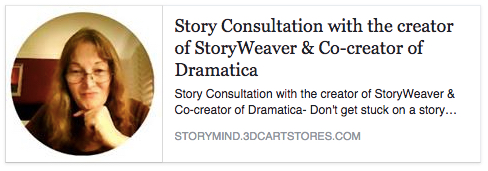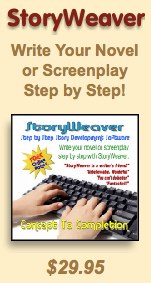Some stories introduce characters as people and then let the reader/audience discover their roles and relationships afterward. This tends to help an audience identify with the characters.
Other stories put roles first, so that we know about the person by their function and/or job, then get closer to them as the act progresses. This tends to make the reader/audience pigeon-hole the characters by stereotype, and then draw them into learning more about the actual people behind the masks.
Finally, there are stories that introduce character relationships, either situational, structural, or emotional, at the beginning. This causes the audience to see the problems among the characters but not take sides as strongly until they can learn about the people on each side of the relationship, and the roles that constrain them.
Of course, you do not have to treat these introductions equally for all characters and relationships. For example, you might introduce on character as a person, then introduce their relationship with another character, then divulge the constraints the other character is under due to role, then revel the other character as a person.
This approach would initially cast sympathy (or derision) at the first character, temper it by showing a relationship with which he or she must contend, then temper that relationship by showing the constraints of the other character, and finally humanize that other character so a true objective balance can be formed by the reader/audience.
Don’t forget that first impressions stick in our minds, and it is much easier to judge someone initially than to change that judgment later. Use this trait of audiences to quickly identify important characters up front, or to put their complete situations later, thereby forcing the reader/audience to reconsider its attitudes, and thereby learn and grow.
No matter what approach you take, you have the opportunity to weave a complex experience for your reader/audience, blending factual, logistic information about your characters with the reader/audience emotional experience in discovering this information.
Write your novel or screenplay step by step with StoryWeaver




